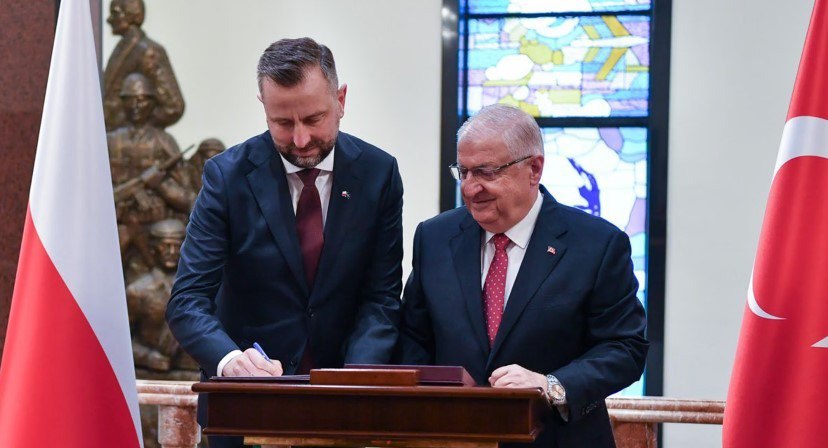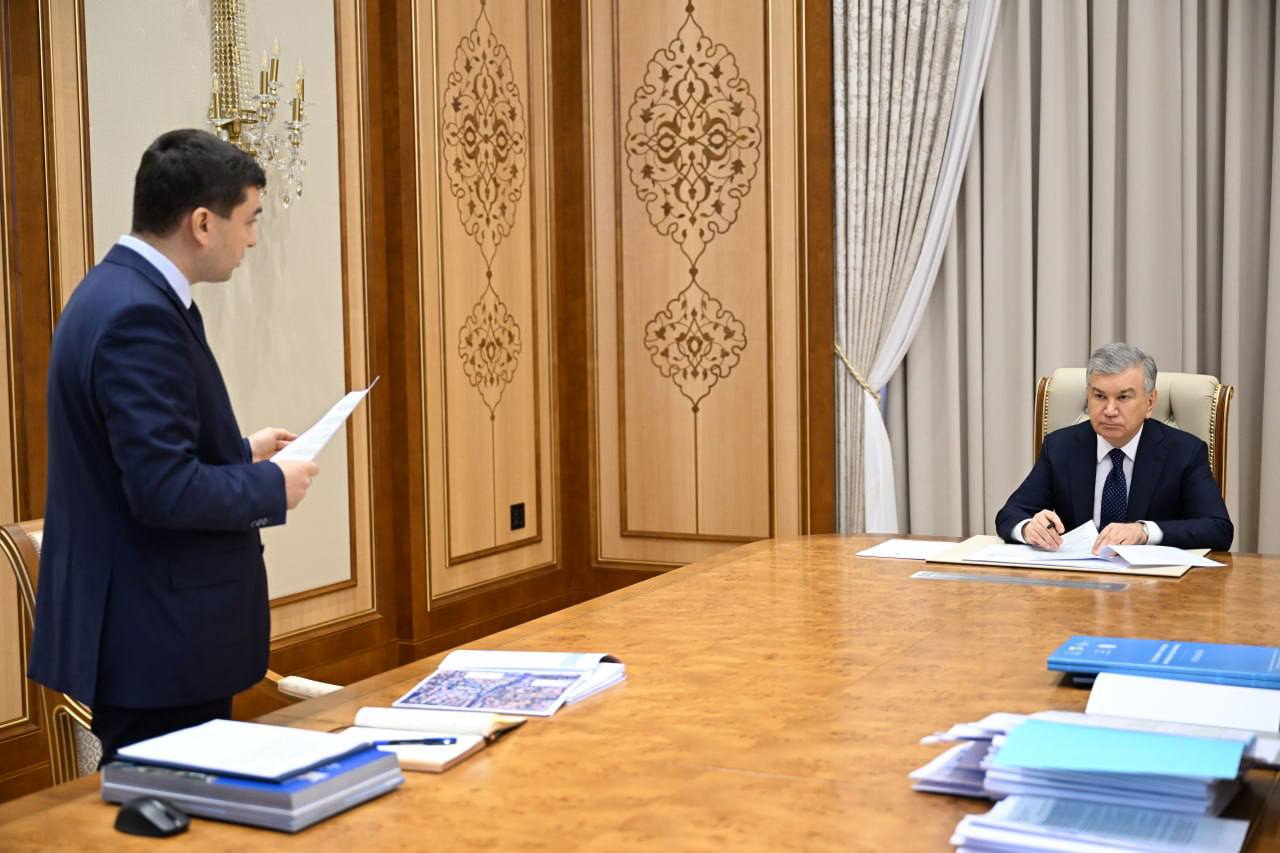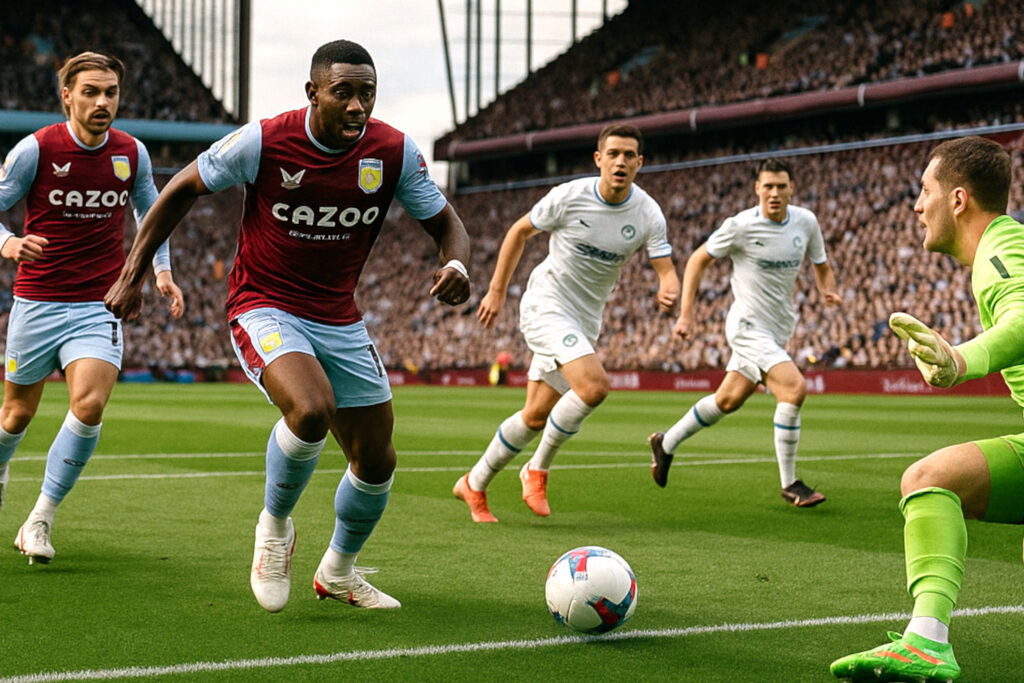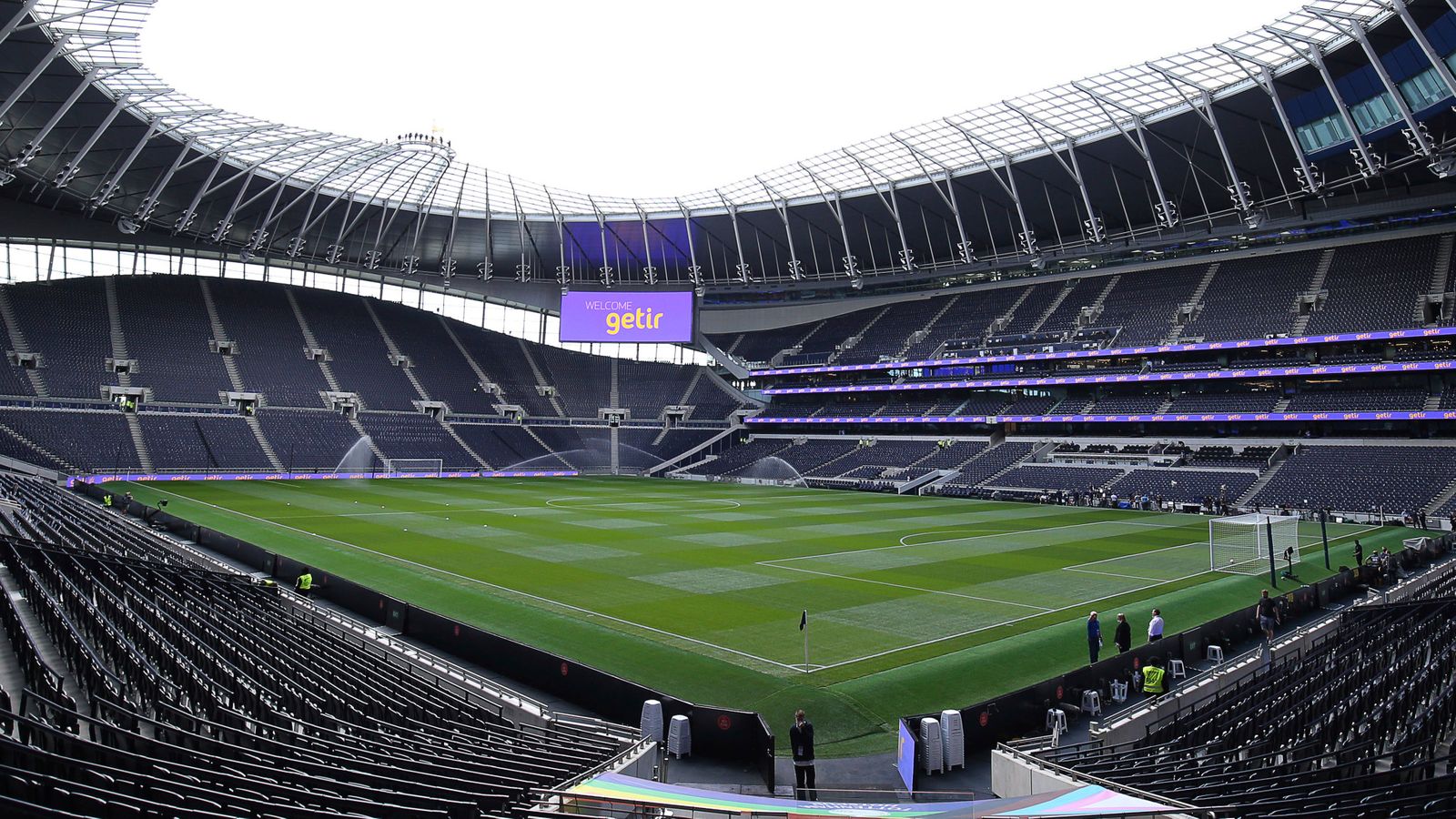Classic Transfers and Their Historical Impact
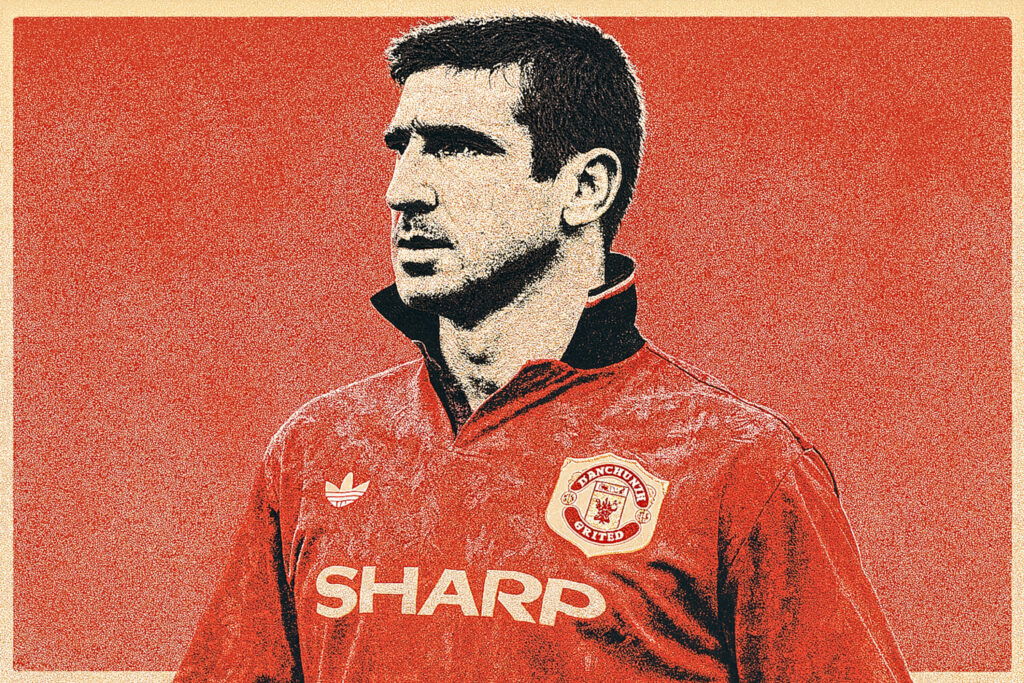
Football history is full of transfers that changed the trajectory of clubs, leagues and even the game itself. These deals were not simply about a player switching teams, but about shifting power, sparking rivalries and redefining tactical approaches.
Setting the Stage for Change
A truly historic transfer often comes at a moment when a team is on the brink of transformation. The arrival of a key player can act as a catalyst, providing the missing ingredient in a side’s ambitions or forcing competitors to raise their own standards. In some cases, the signing reshaped the commercial side of football, opening new markets and raising the profile of the sport globally.
Defining Examples of Historic Transfers
Diego Maradona to Napoli (1984)
Maradona’s move from Barcelona to Napoli was a turning point for both player and club. At the time, Napoli were a mid-table side in Serie A, overshadowed by northern powerhouses. Maradona’s skill, leadership and charisma lifted them to unprecedented success, including two league titles and a UEFA Cup. His arrival also united a city and gave southern Italy a rare moment of football dominance.
Eric Cantona to Manchester United (1992)
Cantona’s switch from Leeds United to Manchester United is remembered as one of the most influential Premier League deals. His flair, vision and leadership transformed United’s attack, inspiring the club to win their first league title in 26 years. Cantona became a symbol of Sir Alex Ferguson’s rebuilding project and set the tone for a decade of dominance.
Cristiano Ronaldo to Real Madrid (2009)
Ronaldo’s then world-record transfer from Manchester United to Real Madrid was both a football and marketing masterstroke. On the pitch, he delivered goals at a rate never seen before in La Liga, helping Madrid to multiple Champions League titles. Off the pitch, the signing expanded the club’s global brand reach and cemented the era of mega-money transfers.
Zinedine Zidane to Real Madrid (2001)
At the time the most expensive player in history, Zidane joined Madrid as part of the Galácticos project. His influence was immediate, guiding the club to Champions League glory with one of the most famous goals in the competition’s history. The deal reflected a shift in football towards star-driven marketing and squad building.
Thierry Henry to Arsenal (1999)
Signed from Juventus by Arsène Wenger, Henry became the cornerstone of Arsenal’s modern success. His goals and creativity were pivotal in winning league titles, including the unbeaten 2003-04 season. The transfer also highlighted the growing influence of French players and managers in the Premier League.
How Transfers Shape Football’s Landscape
A major transfer can change far more than a team sheet. It can force tactical adaptations, influence rival clubs’ recruitment, and create cultural shifts among fans. The most impactful moves often become reference points for future negotiations, setting benchmarks for transfer fees, wages and commercial expectations.
In today’s market, the financial scale of transfers has grown, but the essential element remains the same. The most memorable signings are those that combine sporting success with cultural and historical resonance, leaving a legacy that extends beyond the pitch.


